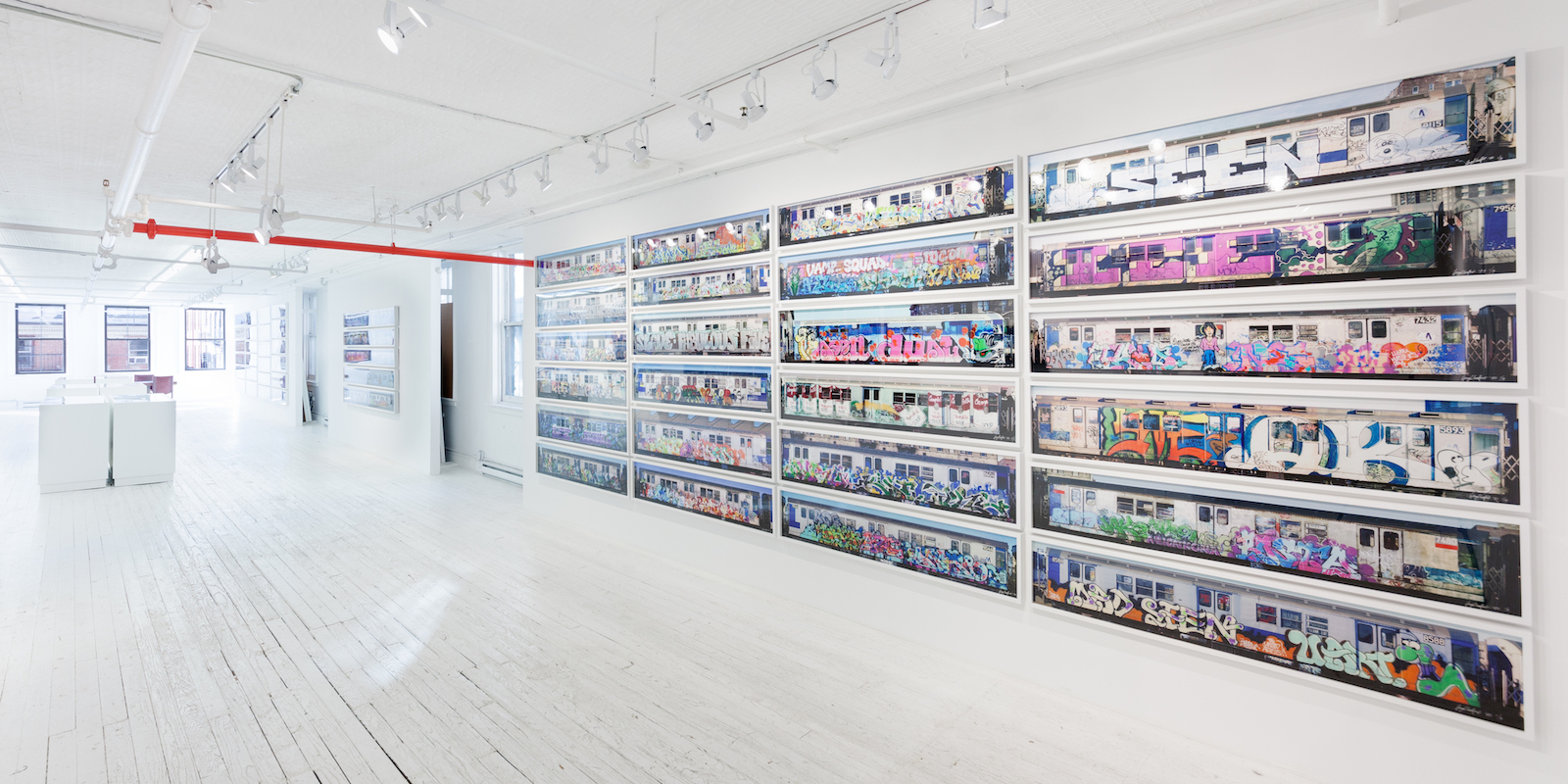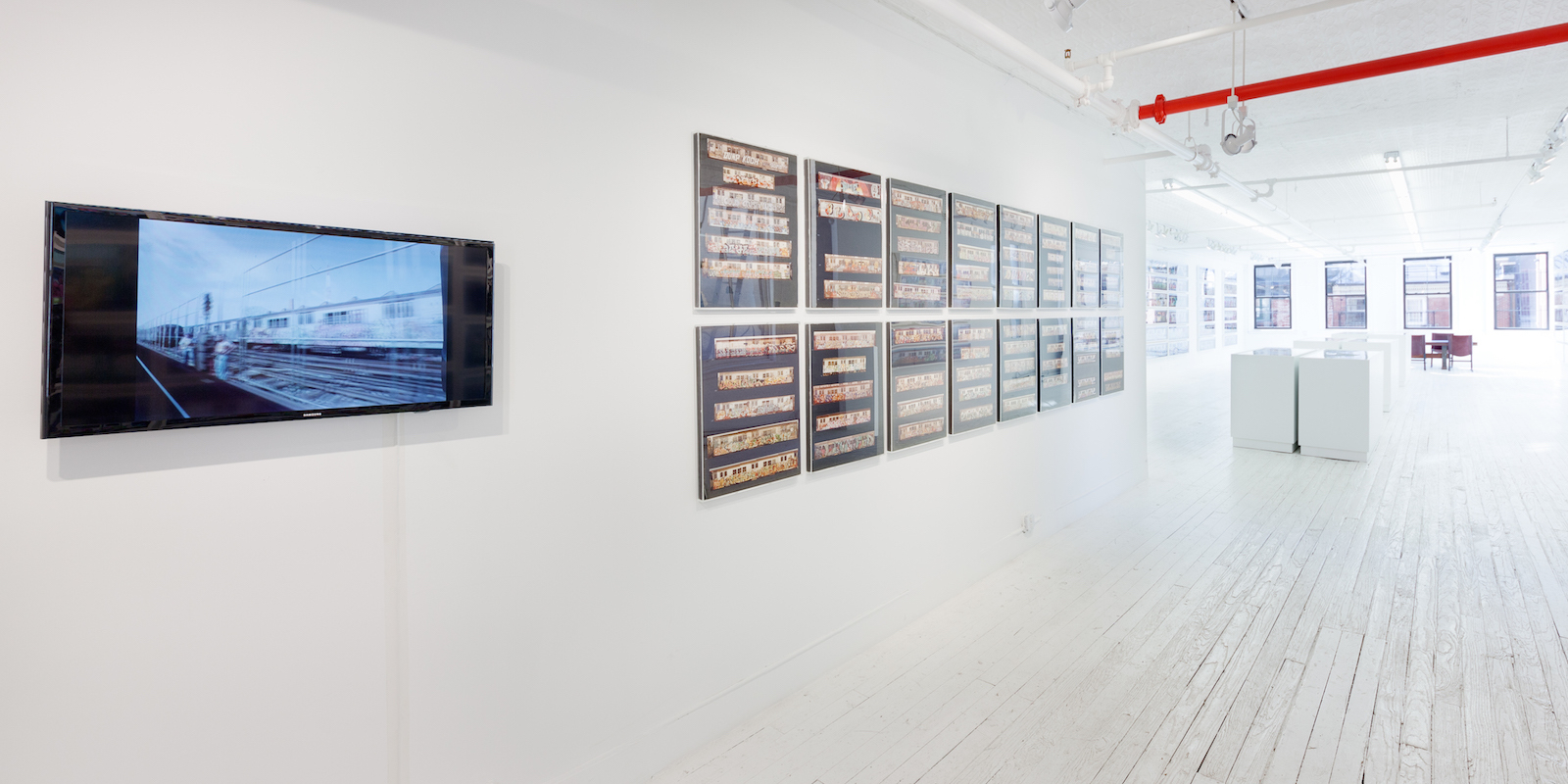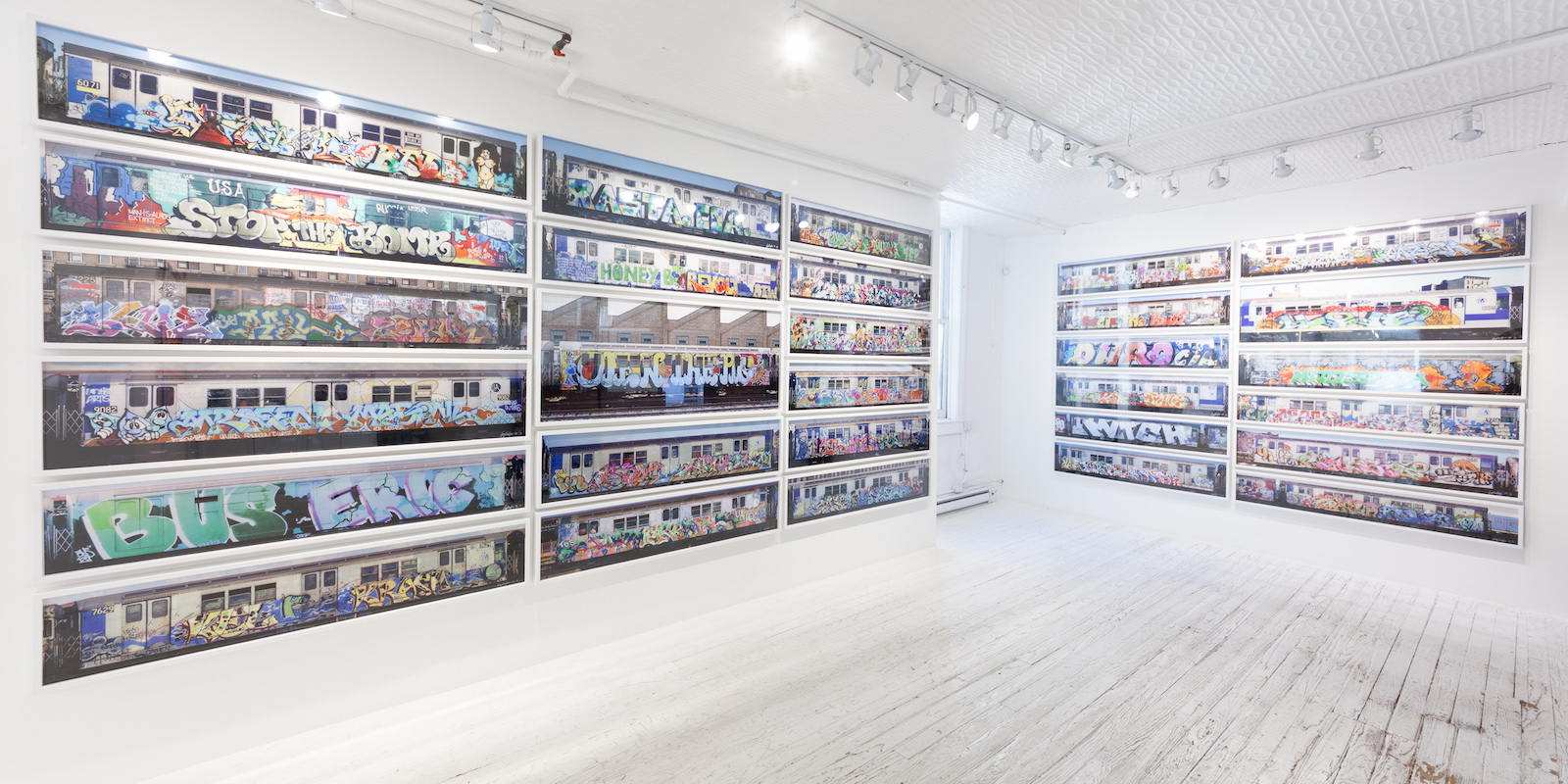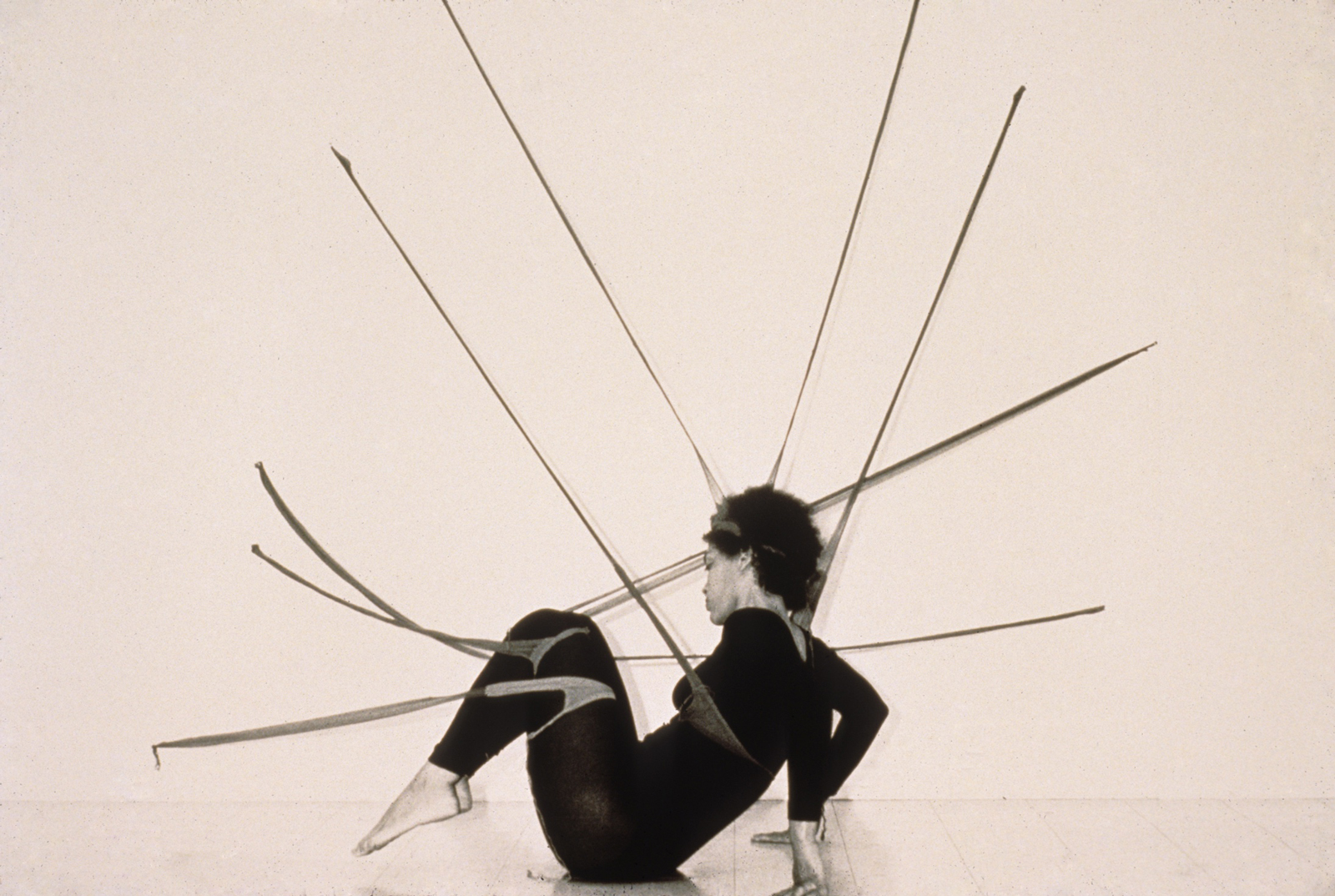Text and Interview: Alec Coiro
Photos Courtesy of Eric Firestone Gallery and Henry Chalfant
The train-length graffiti piece on an 80s-era subway car will be to New York what the coliseum is to the Rome: a symbol of a society at its cultural peak. While I suppose that one can hope that New York’s cultural peak is still off in the future, it’s still pretty easy to imagine a history of NYC being published in the next century that uses one of Henry Chalfant’s photos for its cover.
Present at the beginning and the end of an artistic era, Chalfant witnessed the entire living movement and was close with all of the key artists who comprised it. Consequently, his opinions and perspective on 1980s graffiti are both indispensable and numerous, and he shares more than a few of them with Ravelin. He doesn’t pull punches on the effect of subway cleanup on the art form and provides a unique sense on what it was like to be a part of B-boy culture as it was emerging. he more you delve into what the issues were in the 1980s, the clearer it becomes how pertinent the lessons of that time are to the present day.
The more you delve into what the issues were in the 1980s, the clearer it becomes how pertinent the lessons of that time are to the present day.
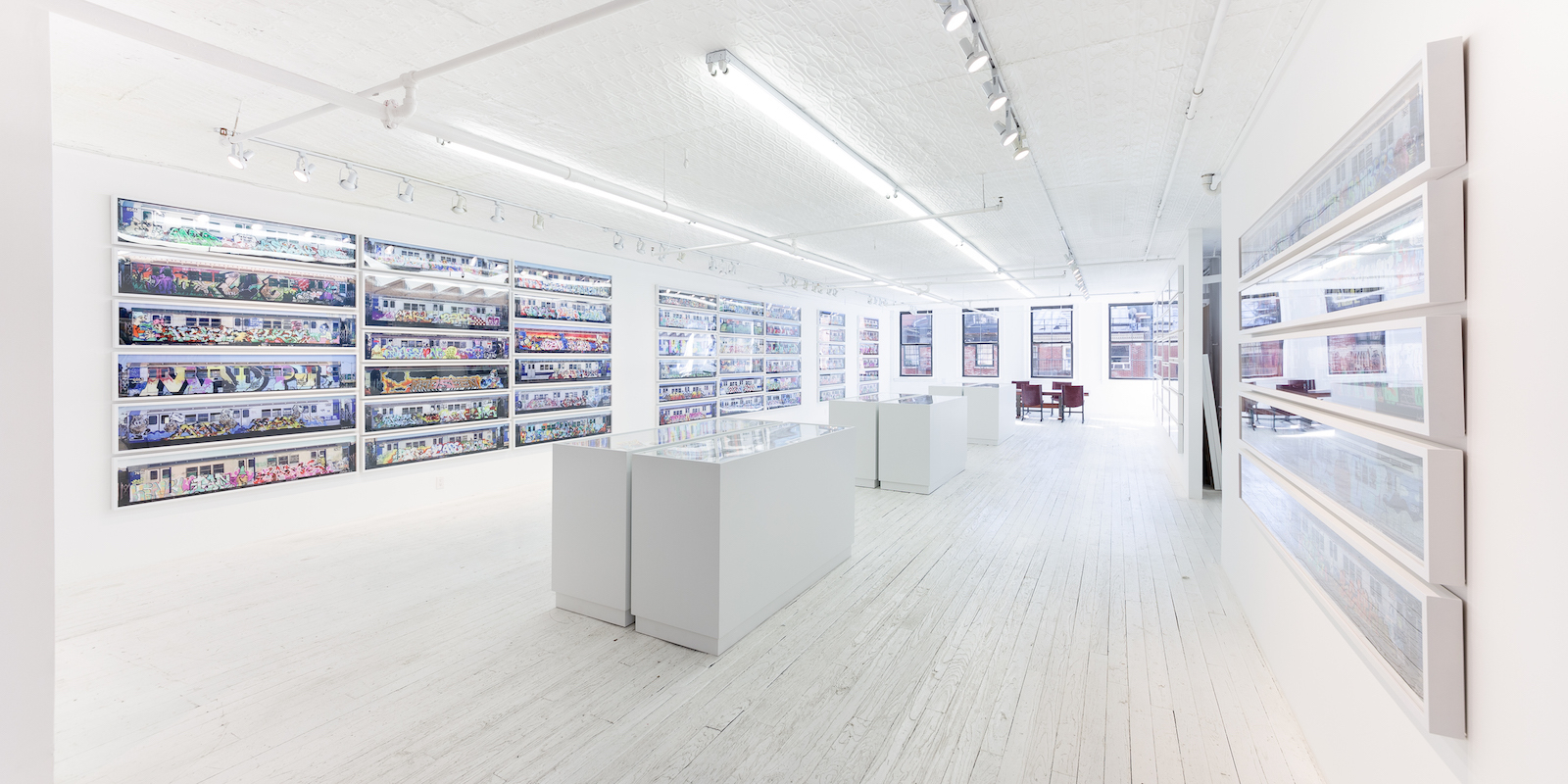
Was there a sense at the time these photos were taken that you were in the midst of an art form’s heyday, or was that something that became apparent more in retrospect?
In 1980, we were excited about the flourishing art on the trains and knew it had never been better. We were also pleased that people (journalists, art world people) were paying attention. But we had no idea how far it might go. A couple of years later it was clear that it was going downhill on the trains, thanks to the buff and the cross-out wars. But we had an awareness of graffiti’s growing international presence and impact. I quote Mare 139, who said in hindsight, “we may have lost the trains, but we gained the world”.
How did you achieve the wide-frame, “full train” photos? Was it time intensive, and did you have to get into the train yards to take them? I imagine if you did, your process would have had a lot in common with the graffiti writers whose work you were photographing.
My method, responding to the limitations on access, was to shoot from one station platform the art as the train bearing it paused on the opposite platform. This resulted in a uniformity of format or frame, that was actually beneficial, in the way it highlighted the painting itself. I could never have been able to shoot the trains in broad daylight in the yards. The only time I went into the yards was to shoot while the artists were painting at night. And then, yes, you have everything in common with them, by trespassing.
Do you still follow NYC graffiti writing?
No.
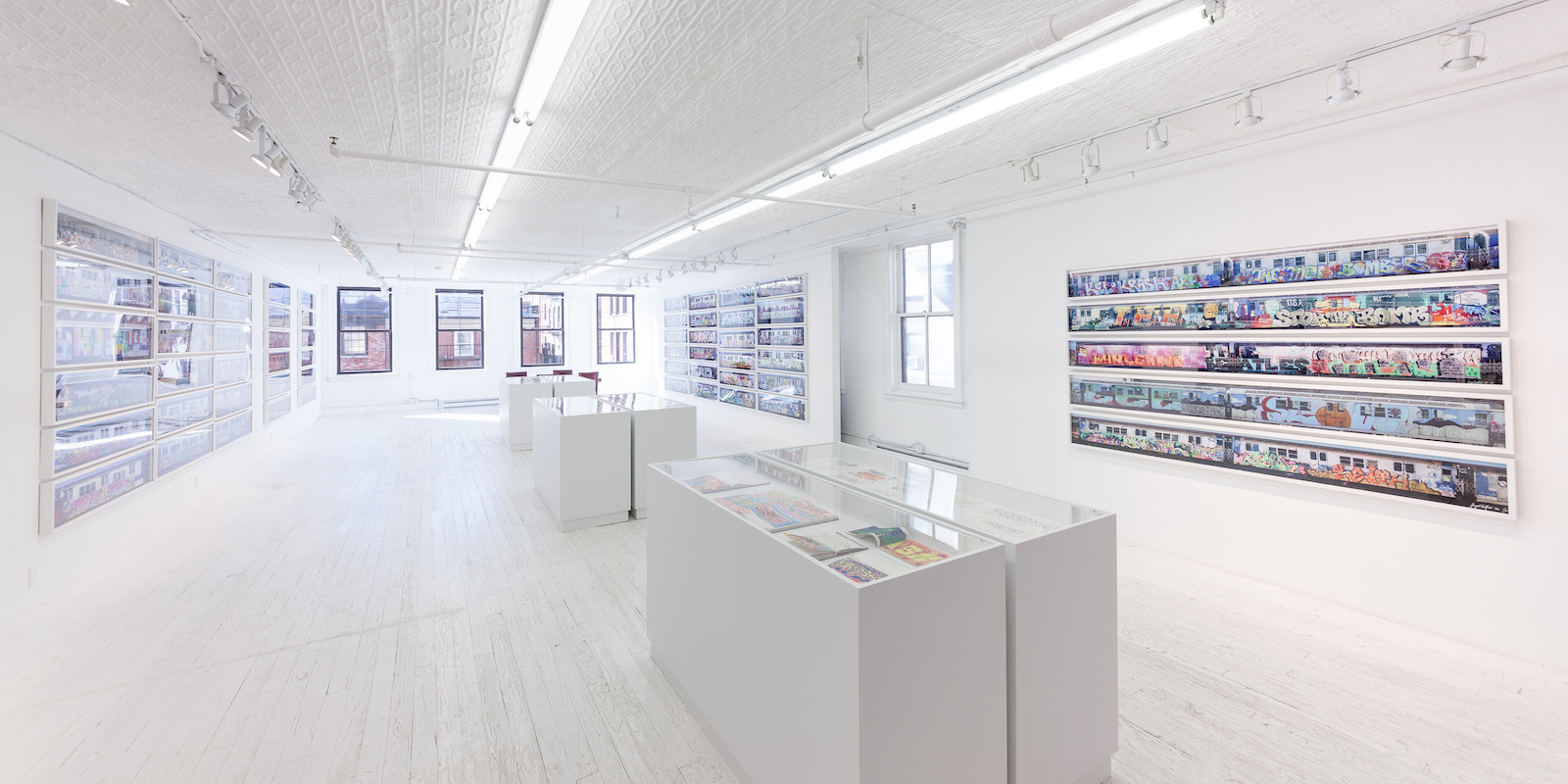
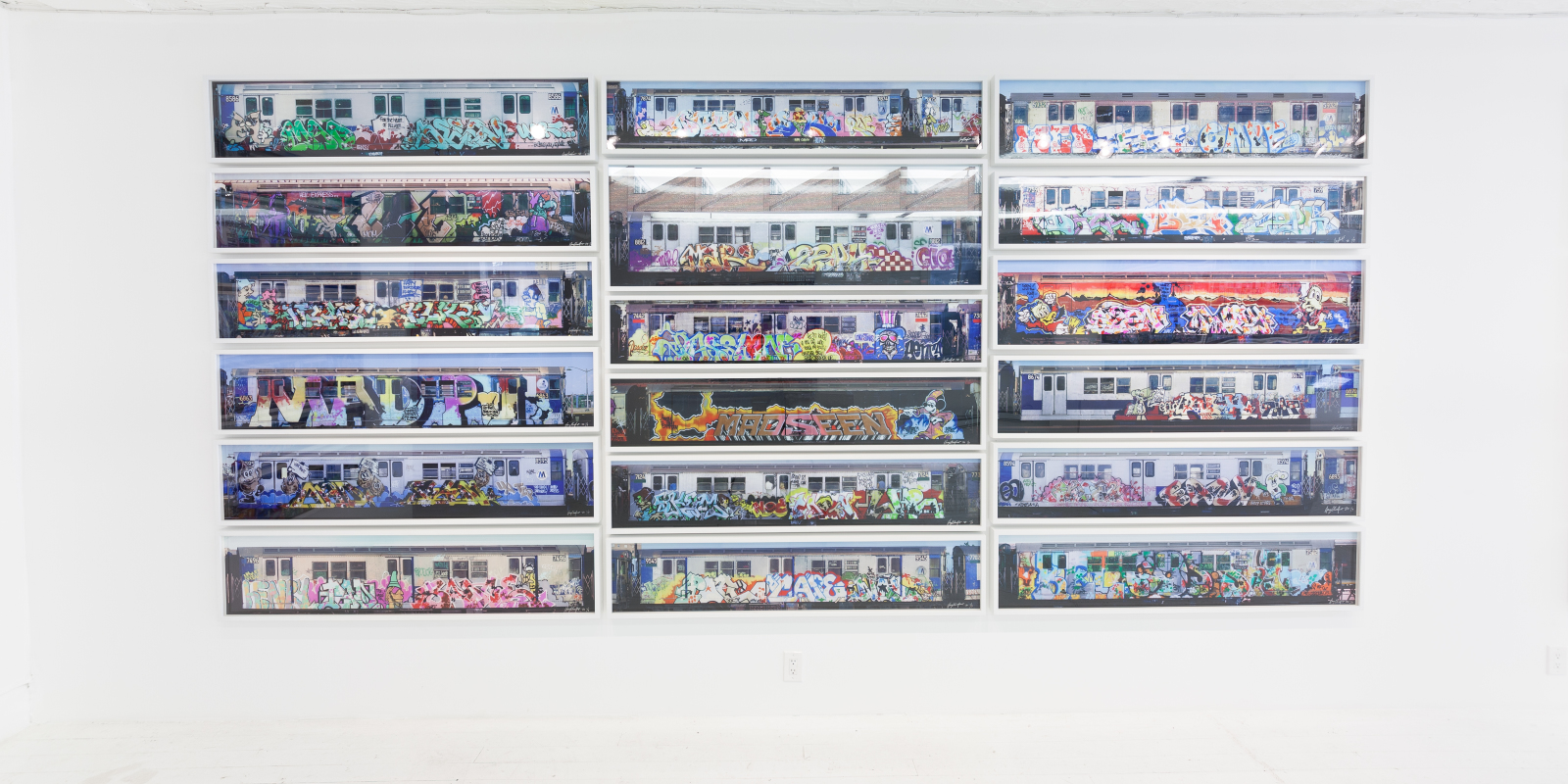
How important were the subway cars to the graffiti culture, and how big of an impact on the culture was it when the cars were “cleaned up.”
Subway cars were all-important to graffiti culture. They were the canvas, the train network was the medium which empowered the community gathering at the various “writers’ benches” in the city. Cleaning them up, so that no one could see the art destroyed the community.
What inspired your shift from sculpture to your photographic work?
Initially shooting the trains was simply a lot of fun, a leisure sport like hunting. Later I understood it to be a real contribution that I was able to make by preserving hundreds of ephemeral works of art. I don’t think I could have had as great an impact through my sculpture.
How encompassing was B-boy culture at the time? Did you have a sense of how conscious the graffiti writers were of being part of a larger B-boy culture.
I took pictures of graffiti for years without knowing of the existence of Bboy culture. It was local, not visible beyond neighborhood playgrounds and jams. When I became aware of it, Rocking was another element of a thriving street culture. But not in all neighborhoods. Initially Black and Puerto Rican kids were involved, excluding the white kids in other neighborhoods who wrote graffiti but who listened to rock and heavy metal, not rap. The media in the early eighties referred to the “4 elements of hip hop”, giving rise to the view that there was one all-encompassing culture, but it was more complex than that. Older cats who wrote, listened to r&b and jazz, predated hip hop, while gang members sometimes challenged each other to mediate disputes with uprock battles.
The iconic documentary Style Wars that you helped produce dealt with the tension between graffiti writers and what would come to be called “broken windows” policing. After the death of Eric Garner, these issues seems to be back in our cultural discourse. What lessons from the 80s should we be mindful of today?
The punitive powers of the state are now so severe, and the enforcers often so brutal and efficient that citizens are afraid of their own government. The brutality is not new, but ubiquity of cameras in the hands of citizens has exposed it, which may foster more intelligent policing. Broken windows” is simply a theory, now discredited. Defacing walls is now a felony in New York. How absurd to ruin the life of an 18 year old for writing on a wall. LEE got it right painting the message, “stop real crime” back in 1978.
